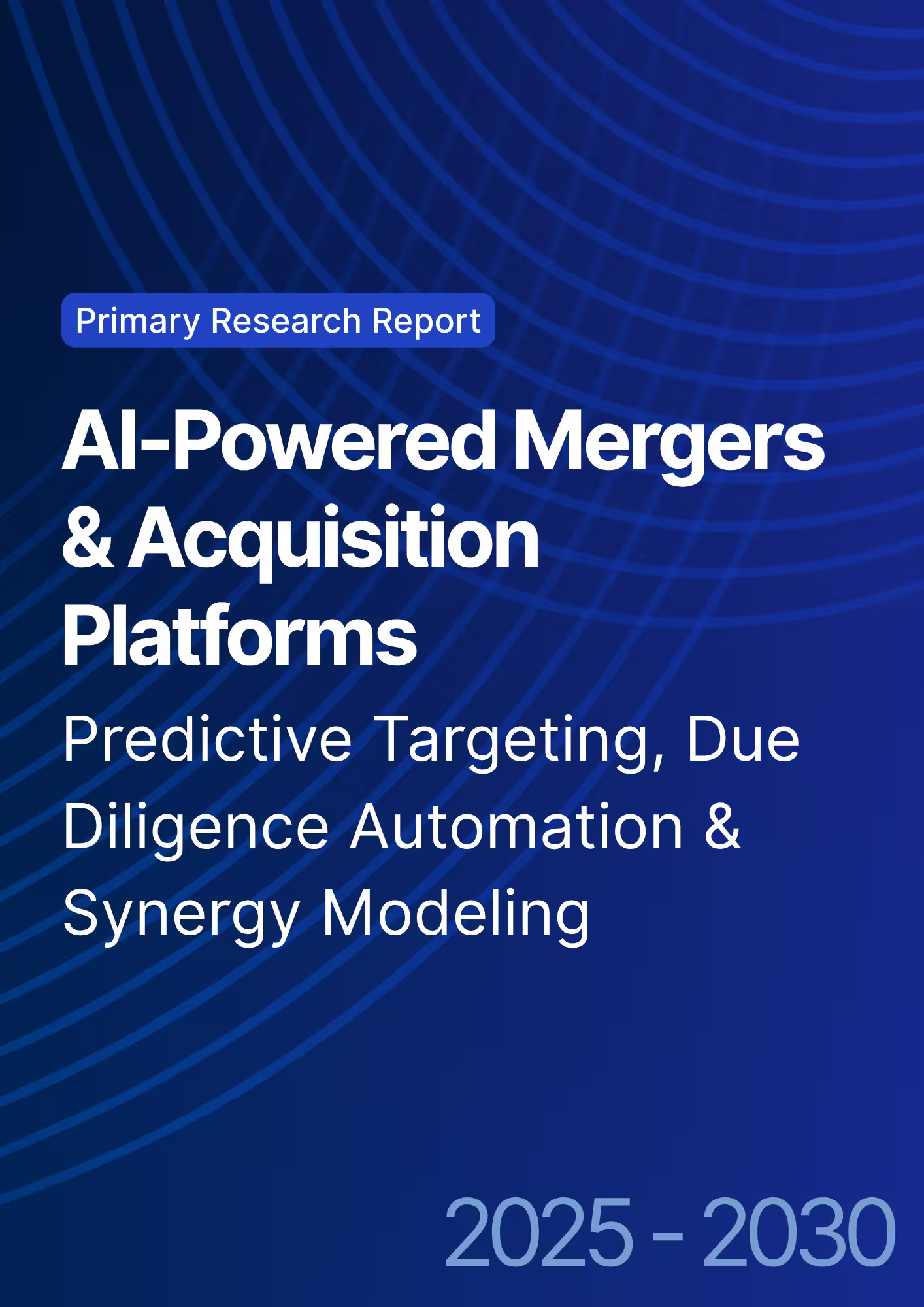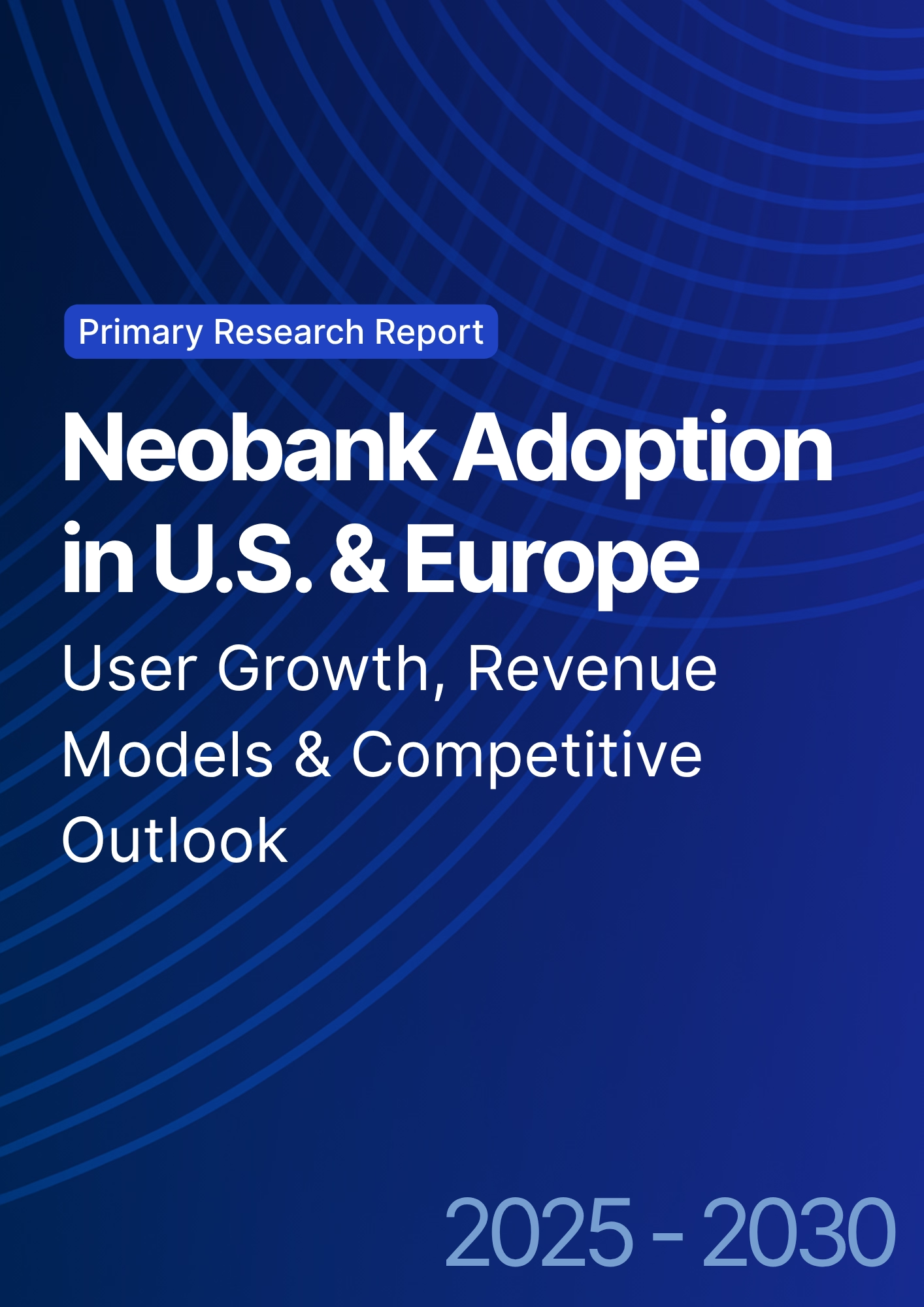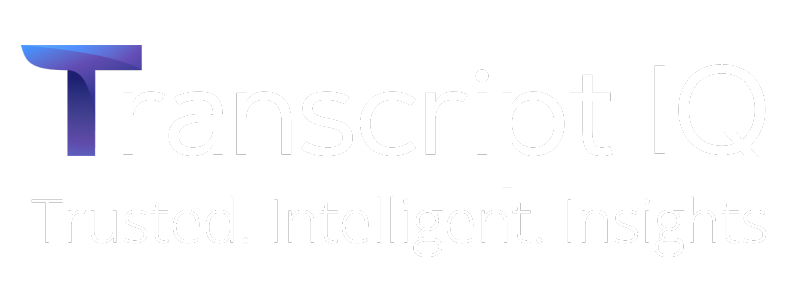

68 Circular Road, #02-01 049422, Singapore
Revenue Tower, Scbd, Jakarta 12190, Indonesia
4th Floor, Pinnacle Business Park, Andheri East, Mumbai, 400093
Cinnabar Hills, Embassy Golf Links Business Park, Bengaluru, Karnataka 560071
Connect With Us
Quantum Computing for Real-Time Risk and Fraud Detection in Financial Services (2025–2030)
This research explores the application of quantum computing for real-time risk and fraud detection in financial services in USA and EU from 2025 to 2030. The report examines how quantum algorithms can enhance fraud detection models, improve real-time transaction monitoring, and optimize risk assessment. It quantifies the impact of quantum technologies in reducing false positives, accelerating fraud detection, and improving security in financial institutions. The study provides strategic insights for asset managers, fintechs, and regulators adopting quantum technologies for enhanced fraud protection.

What's Covered?
Report Summary
Key Takeaways
- Quantum computing market for risk and fraud detection in financial services projected to grow from $480 million in 2025 to $7.9 billion by 2030, CAGR 60%.
- Quantum algorithms expected to reduce false positives in fraud detection by 35% by 2030.
- Real-time fraud detection accuracy is expected to improve by 25% through quantum computing.
- Fraudulent transaction detection expected to be 2–3 times faster with quantum computing compared to classical methods.
- Quantum computing expected to reduce fraud-related losses in financial services by 20% by 2030.
- AI-powered quantum algorithms will be used to analyze 80% of transactions in real-time by 2030.
- The adoption of quantum-based fraud detection models in the US and EU will increase by 40% by 2030.
- Cross-border fraud detection through quantum computing will improve by 30%, enabling better global transaction security.
- Institutional adoption of quantum fraud detection systems in the US and EU will account for 70% of total market share by 2030.
- ROI for financial institutions using quantum computing for fraud detection expected to be 18–24% by 2030.
Key Metrics
Market Size & Share
The quantum computing market for real-time fraud detection in financial services is projected to grow from $480 million in 2025 to $7.9 billion by 2030, representing a CAGR of 60%. The US and EU markets will lead this growth, with institutional adoption accounting for 70% of the total market share by 2030. Quantum computing will enhance fraud detection capabilities, reducing false positives by 35% and improving detection accuracy by 25%. Financial institutions in both regions will adopt quantum-powered fraud detection systems to improve real-time transaction monitoring and reduce fraud-related losses by 20% by 2030. Quantum algorithms will enable financial institutions to process 80% of transactions in real-time, allowing for faster fraud detection and faster response times compared to classical models. Cross-border fraud detection will improve by 30%, enhancing security and compliance across global financial networks. By 2030, quantum computing will allow 2–3 times faster detection of fraudulent transactions, enhancing operational efficiency and improving customer satisfaction. ROI for institutions adopting quantum fraud detection systems is expected to be 18–24%, driven by reduced operational costs, better fraud management, and improved customer trust in financial services.
.png)
Market Analysis
The market for quantum computing in fraud detection is expanding rapidly in USA and EU, projected to grow from $480 million in 2025 to $7.9 billion by 2030, with a CAGR of 60%. The adoption of quantum-powered fraud detection models is expected to account for 80% of financial transactions by 2030, driven by improved fraud detection capabilities. Quantum algorithms will significantly improve detection accuracy by 25%, reducing the reliance on traditional methods that struggle with false positives. In both US and EU, institutional investors will account for 70% of total market share, propelling quantum computing technologies in financial institutions. Real-time fraud detection will be 2–3 times faster, enhancing the ability to identify and prevent fraudulent activities before they escalate. Cross-border fraud detection will also benefit, improving by 30% due to better global collaboration facilitated by quantum computing. The integration of quantum computing will also enable faster decision-making and more robust risk management systems, reducing fraud-related losses by 20%. As the market matures, quantum computing adoption will help financial institutions improve customer service availability, reduce operational costs, and generate higher ROI from fraud prevention technologies.
Trends & Insights
The quantum computing market for real-time fraud detection in financial services is growing rapidly, with a projected market size increase from $480 million in 2025 to $7.9 billion by 2030. Key trends driving this growth include improved detection accuracy (projected to increase by 25%) and faster fraud detection (expected to be 2–3 times faster than traditional methods). Quantum algorithms will enable financial institutions to process 80% of transactions in real time, reducing the risk of fraudulent transactions slipping through undetected. False positives will decrease by 35% as quantum algorithms help identify fraud patterns with higher precision. This will improve operational efficiency, as fraud detection systems become more effective at detecting risks. Institutional investors will contribute 70% of the total market share by 2030, driving demand for advanced quantum computing models in risk management. Cross-border fraud detection will improve by 30% by 2030, enabling more secure and efficient global financial transactions. Quantum computing will also reduce fraud-related losses by 20%, improving both profitability and customer satisfaction for financial institutions. ROI from quantum computing adoption in fraud detection is expected to be 18–24%, highlighting the high value of quantum technologies in improving financial security.
.png)
Segment Analysis
The quantum computing market for fraud detection is segmented by institution type, data integration, and geographic region. Institutional investors will lead adoption, contributing 70% of the market share by 2030, particularly in the US and EU. Large banks and fintech firms will dominate as early adopters of quantum-powered fraud detection models, while smaller institutions will follow as technology becomes more affordable. Real-time fraud detection will cover 80% of transactions by 2030, with quantum computing improving the efficiency and accuracy of risk models. AI-powered quantum models will be used for both transaction monitoring and fraud detection, ensuring more effective fraud management with improved precision. By 2030, cross-border fraud detection will increase by 30%, improving collaboration across regions and financial institutions. False positives will decrease by 35%, enabling institutions to offer better customer service with fewer disruptions. The growing reliance on quantum computing will allow better risk modeling, enhancing portfolio management and capital allocation. Overall, quantum algorithms will improve fraud detection efficiency, providing a competitive edge for institutions that integrate these technologies into their risk management strategies.
Geography Analysis
The quantum computing market for fraud detection will be dominated by the US, which is expected to account for 50% of the market share by 2030, with EU markets contributing 40%. The US will benefit from early adoption and large-scale investments in quantum computing infrastructure, with major financial institutions leading the charge. In the EU, GDPR-compliant quantum solutions will drive adoption, especially in financial hubs like London, Frankfurt, and Paris. By 2030, quantum-powered fraud detection will reduce false positives by 35% and improve detection accuracy by 25%, benefiting both regions. Cross-border fraud detection will increase by 30%, enhancing financial security for international transactions. Data security regulations such as GDPR in the EU will impact adoption, as financial institutions will need to comply with strict privacy and data protection standards. In the US, quantum computing will offer a faster solution, with real-time fraud detection being 2–3 times faster than traditional methods. By 2030, quantum-powered fraud detection will be adopted by 70% of financial institutions, enabling better fraud risk management, higher ROI, and increased market share for early adopters.
.png)
Competitive Landscape
The quantum computing for fraud detection landscape is shaped by financial institutions, tech companies, and quantum computing providers. Major players like IBM, Google, D-Wave, and Microsoft will provide quantum computing platforms, offering advanced fraud detection models and AI-powered algorithms to financial institutions. Banks and fintech firms such as Goldman Sachs, Barclays, and PayPal are expected to lead adoption, integrating quantum algorithms for real-time fraud detection and risk modeling. Tech companies will also focus on providing cloud-based quantum services, democratizing access to quantum computing and lowering adoption barriers. Financial institutions will gain a competitive edge by adopting quantum-based fraud detection, improving real-time monitoring and transaction verification. ROI for institutions using quantum computing for fraud detection is projected at 18–24%, driven by better operational efficiency, reduced fraud-related losses, and faster response times. The competitive landscape will also see the rise of quantum-focused fintech platforms and AI-driven risk assessment tools that integrate with existing financial infrastructure, creating more dynamic and adaptive fraud detection ecosystems. As quantum computing matures, the market will experience increased partnerships between quantum computing providers and financial institutions, further accelerating the integration of quantum technology into the financial services industry.
Report Details
Proceed To Buy
Want a More Customized Experience?
- Request a Customized Transcript: Submit your own questions or specify changes. We’ll conduct a new call with the industry expert, covering both the original and your additional questions. You’ll receive an updated report for a small fee over the standard price.
- Request a Direct Call with the Expert: If you prefer a live conversation, we can facilitate a call between you and the expert. After the call, you’ll get the full recording, a verbatim transcript, and continued platform access to query the content and more.


68 Circular Road, #02-01 049422, Singapore
Revenue Tower, Scbd, Jakarta 12190, Indonesia
4th Floor, Pinnacle Business Park, Andheri East, Mumbai, 400093
Cinnabar Hills, Embassy Golf Links Business Park, Bengaluru, Karnataka 560071
Request Custom Transcript
Related Transcripts
$ 1450


68 Circular Road, #02-01 049422, Singapore
Revenue Tower, Scbd, Jakarta 12190, Indonesia
4th Floor, Pinnacle Business Park, Andheri East, Mumbai, 400093
Cinnabar Hills, Embassy Golf Links Business Park, Bengaluru, Karnataka 560071






.png)






